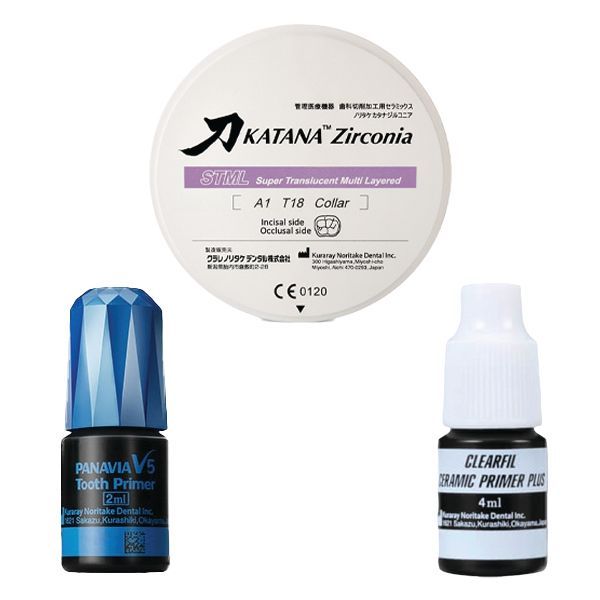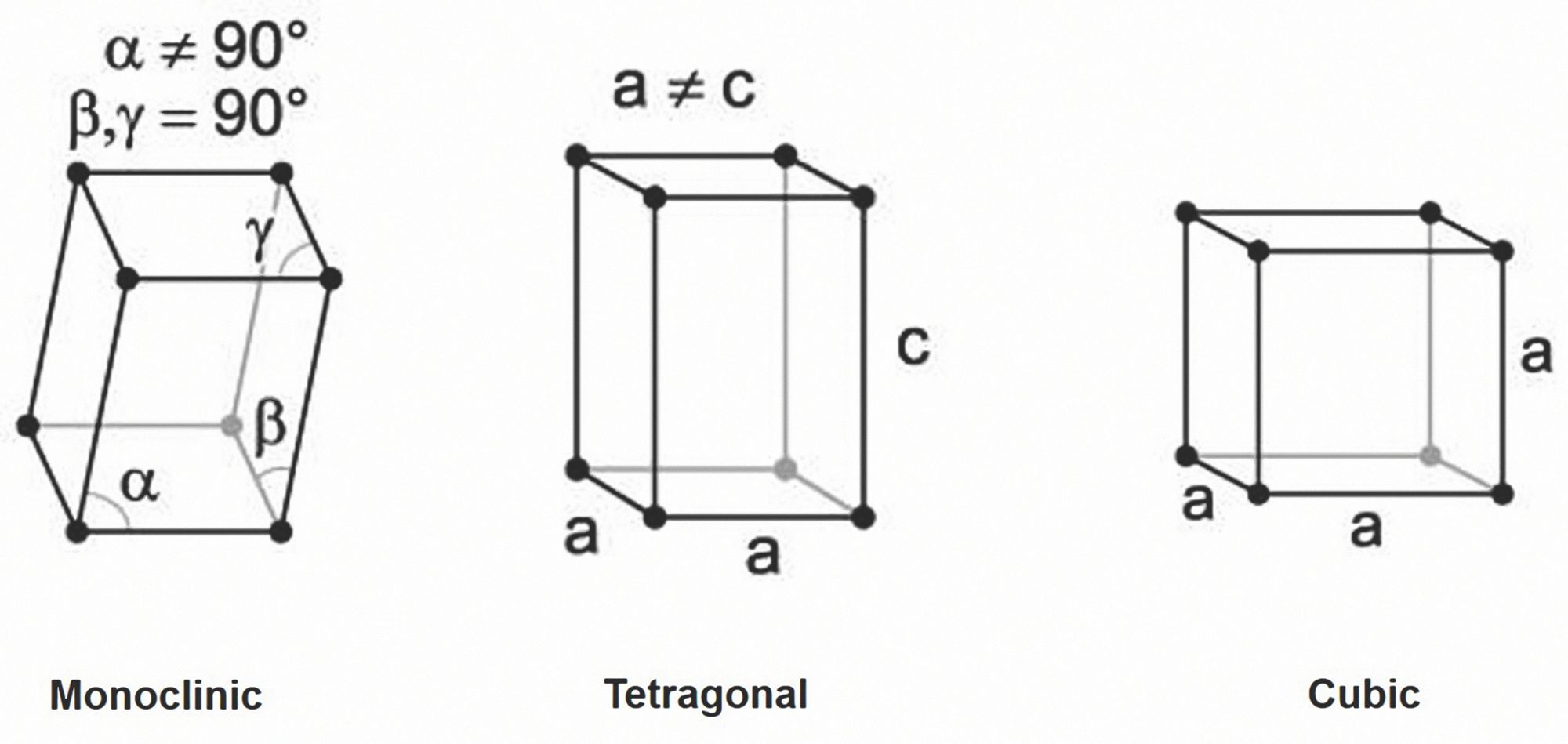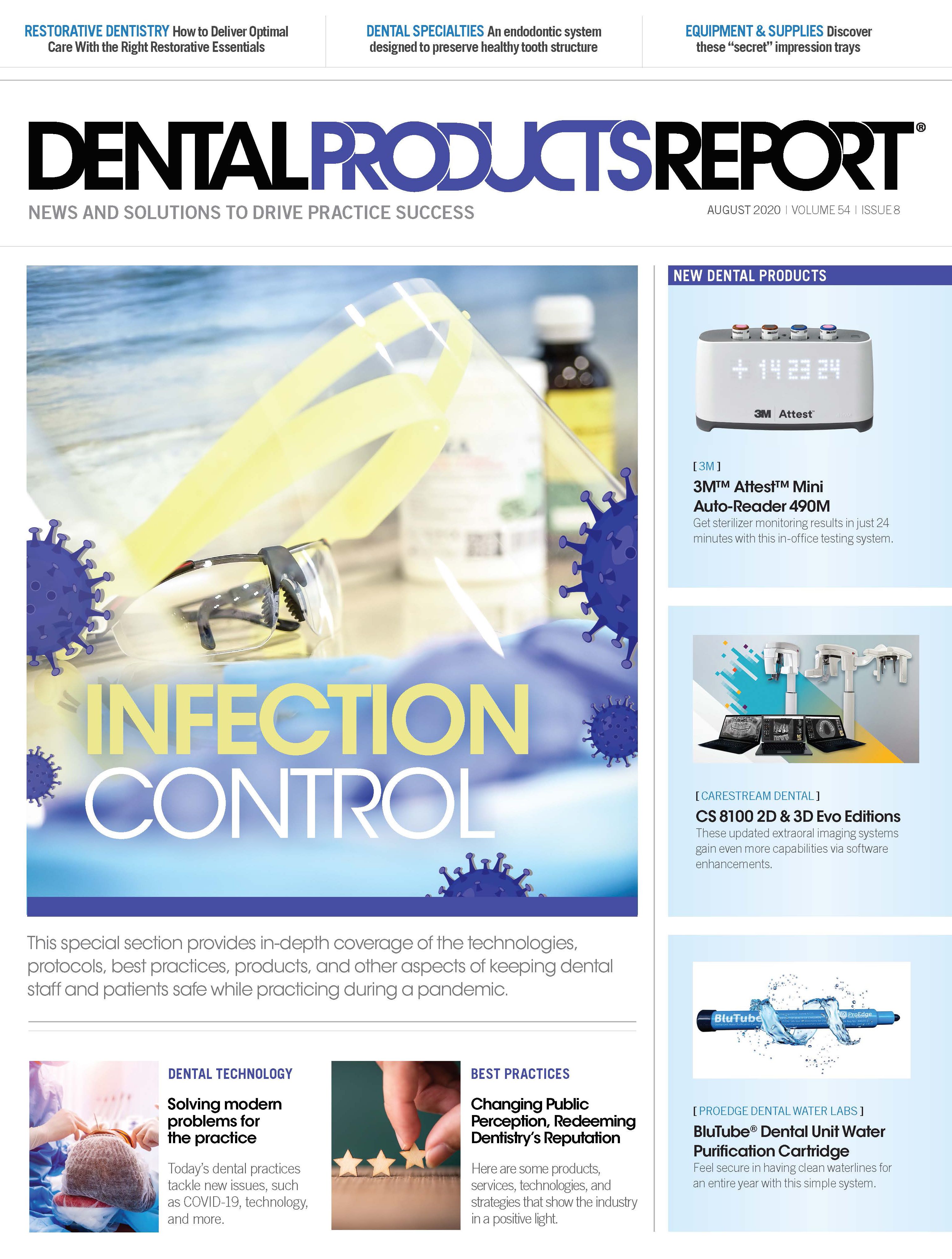KATANA Zirconia STML—CLEARFIL CERAMIC PRIMER PLUS—PANAVIA V5 Cement
- KATANA Zirconia STML has flexural strength of 750 MPa
- KATANA Zirconia allows for well-balanced translucency
- CLEARFIL CERAMIC PRIMER PLUS is designed to enhance the bond of resin or metal materials
- CLEARFIL PRIMER PLUS contains a silane coupling agent to allow for strong adhesion to all SiO2-based ceramic materials
- PANAVIA V5 Cement offers a wide indication, automix application, and the easy removal of excess
- PANAVIA V5 contains the LCSi monomer that reportedly adheres to every material, including glass ceramics, without the need for a separate primer
Kuraray Noritake
800-879-1676|kuraraydental.com
“Teamwork makes the dream work” rings true in all aspects of life, including dentistry. A typical dental team may consist of a dentist, a hygienist, an assistant, an office manager, and front desk staff. In this case study, however, the team refers to the ideal set of restorative materials and instrumentation required to achieve the desired clinical outcome as efficiently, productively, and predictably as possible.
When assembling the ultimate team of restorative essentials, ask the right questions. Is the
preparation retentive or nonretentive? Is the restoration posterior or anterior? Is the amount of sound, healthy tooth structure retained after preparation adequate to support a functional restoration over the long term?
After addressing the clinical, functional, and esthetic considerations, assemble the best team of materials for the case. For this case study, it made sense to stick with a proven trio of restorative products from a single manufacturer—Kuraray Noritake Dental—because each product in the company’s portfolio is formulated to work together for optimal efficacy and efficiency.
Case Summary
A 32-year-old healthy man presented with an existing large mesio-occluso-disto-lingual amalgam and fractured mesiobuccal cusp on tooth No. 14. Prior to this appointment, the tooth was conservatively prepared with minimal reduction of about 1.5 mm on the occlusal surface. Because the tooth was fundamentally sound, an overlay, rather than a crown, was indicated.
A 3Shape TRIOS intraoral scanner was used to take a digital impression. The patient was sent home with a temporary restoration, and a second appointment 2 weeks later was made for placement of the lab-fabricated full-contour overlay. KATANA Zirconia STML™ from Kuraray Noritake was chosen for the overlay because it possesses an ideal balance of high flexural strength (748 MPa) with a lifelike translucency and vitality that mimic natural dentition with little or no characterization required (Fig. 1).
Step 1
When the patient returned 2 weeks later, the temporary (Fig. 2) was removed. To ensure an optimal surface for adhesion, air abrasion removed any remaining cement, biofilm, and debris from the preparation (Fig. 3). Air abrasion was done with the PrepStart H2O Hydro Abrasion System from Zest Dental Solutions with 27-µm aluminum oxide.
Step 2
After using air abrasion to remove the resin, the preparation was coated with a 35% phosphoric acid solution to clean any residual resin coating and aluminum oxide on the dentin. This also etched the exposed enamel (Fig. 4).
Step 3
Air abrasion was performed to clean up the internal substrate of the overlay and create a microscopically roughened surface to enhance retention of the bonding agent (Fig. 5).
Step 4
CLEARFIL CERAMIC PRIMER PLUS from Kuraray Noritake was applied to the internal surfaces of the overlay (Fig. 6). A single-component silane and zirconia/metal primer containing a patented 10-methacryloyloxydecyl dihydrogen phosphate, CLEARFIL CERAMIC PRIMER PLUS is formulated to obtain a high degree of adhesion to tooth substrate via a chemical bonding.
Step 5
PANAVIA™ V5 Tooth Primerfrom Kuraray Noritake was then applied to the preparation for 20 seconds and air thinned, with no need to light cure. This eliminated pooling on the margins that could result in an elevated margin. The primer’s touch-cure technology ensured that once the resin cement was introduced to the primer, polymerization began immediately on the preparation and the restoration interface (Fig. 7).
Zirconia Overview
Dental zirconia (ZrO2) is the oxidized version of zirconium, a mineral that occurs naturally as zircon. Zircon is a soft, shiny metal that is common in the earth’s crust. In fact, in 2014, scientists estimated a zircon crystal to 4.4 billion years old.1 Specifically, dental zirconia was a new ceramic material in the late 20th century.2 Zirconia is a polymorphic ceramic, meaning that temperature and pressure can create different crystal structures. These structures are monoclinic, tetragonal, and cubic. Monoclinic zirconia, present at room temperature, is the most stable phase. The monoclinic phase transforms into the tetragonal phase at about 1,170o C, which then transforms into the cubic phase at about 2,370o C.
1. Valley J, Cavosie A, Ushikubo T. Hadean age for a post-magma-ocean zircon confirmed by atom-probe tomography. https://www.nature.com/articles/ngeo2075. Published 2014. Accessed July 16, 2020.
2. Madfa A, Al-Sanabani F, Al-Qudami N. Use of Zirconia in Dentistry: An overview. Benthamopen.com. https://benthamopen.com/contents/pdf/TOBIOMTJ/TOBIOMTJ-5-1.pdf. Published 2014. Accessed July 16, 2020.
Step 6
PANAVIA V5 from Kuraray Noritake is a resin cement directly injected onto the bonding surface of the overlay (Fig. 8).
Step 7
The restoration is seated onto the prep and tack cured for 2 to 3 seconds. The overlay is held gently in place with a composite packing instrument while excess cement is peeled off with a curette and while flossing the interproximal spaces (Fig. 9). After cleaning and flossing, a final light cure is performed: 20 seconds on the buccal, 20 seconds on the lingual, and 20 seconds on the occlusal.
Step 8
Sit back and admire a job well done—buccal and occlusal views of the final restoration (Figs. 10 and 11).
Summary
Whether presented with a fairly routine case that warrants a conventional restorative approach or faced with complex, multidisciplinary treatment challenges, the goal of any treatment plan is to restore the function and integrity of the tooth, maintain a natural appearance, and prevent future oral health issues. The restorative materials must support the patient’s overall dental health, and the material choices should complement the overall treatment plan.
Each restorative product manufactured by Kuraray Noritake offers individual, state-of-the-art benefits, and when used in combination, they deliver a seamless, predictable outcome. By eliminating the need for trial-and-error methodologies, Kuraray Noritake’s integrated system gives clinicians confidence in knowing that their products will perform on every patient, every time.


